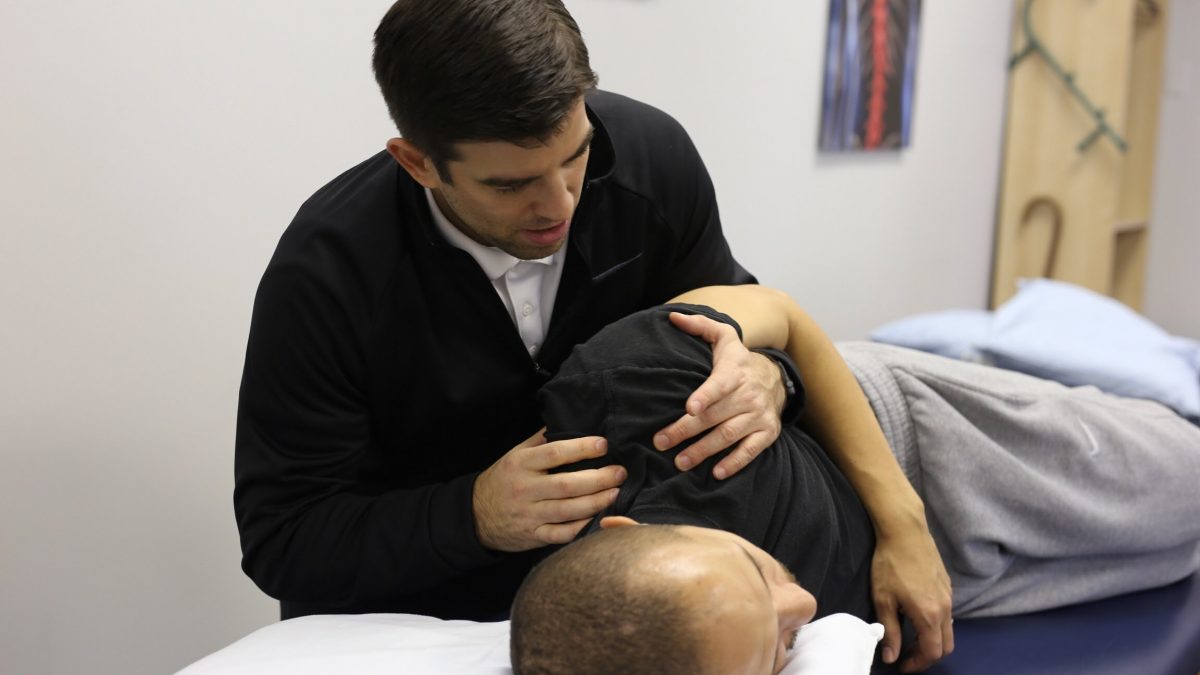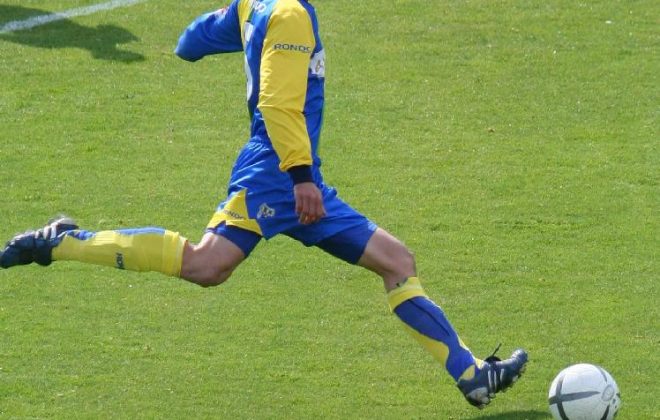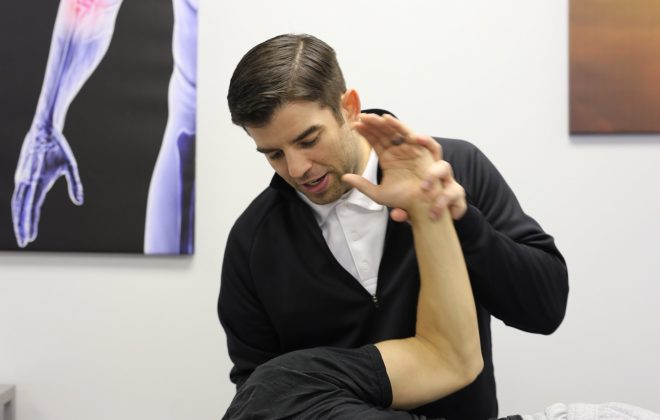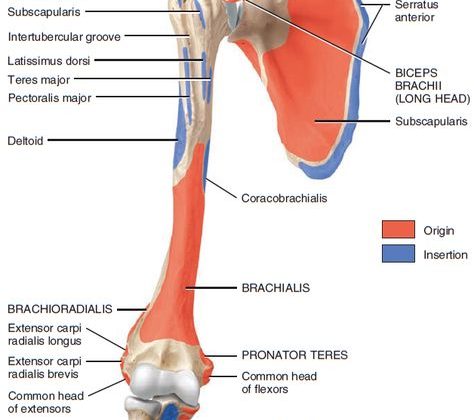What Should You Know About the Shoulders?
Through PT school and early in my career I took a liking to the shoulder and its complexity. Due to the complexity it is important to understand certain points in regards to the shoulder no matter what age you are or what type of fitness program you prescribe to.
What to know about the shoulder.
These things should be on your mind when doing rehab, accessory work, maintenance care or just shoulder strengthening in general. Each of these things should be considered in order to help maintain healthy resilient shoulders.
Point #1
The shoulder is made up of multiple joints. The glenohumeral joint, or shoulder joint as most people think of it,
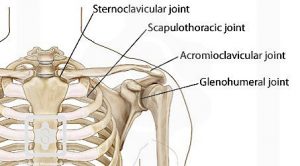
is more like a ball on a tee then a ball in the socket. This means you need to maintain a lot of stability at the joint for healthy movement.
Point #2
The Rotator Cuff (RTC) provides a lot of the dynamic stability to the shoulder to help keep it on the socket. While the name “Rotator” implies that these muscles rotate, the main function is to keep the ball in the socket. RTC training is imperative to help reduce and rehab injuries to the shoulder, especially if you are performing overhead movement.
Point #3
You cannot talk about the shoulder without addressing the shoulder blade. The shoulder blade and its accompanying musculature are the foundation for your shoulder and provide an anchor for the arm as it moves. There are numerous muscles that attach at the shoulder blade. These muscles need to have proper strength and mobility in order to maintain healthy movement of the entire complex.
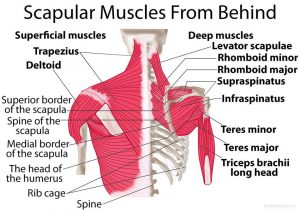
Point #4
Get “warmed up” before doing any big movements. Initiating use of our rotator cuff and shoulder blade muscles tells your brain to have these muscles ready to go. Performing accessory exercises (more focused movements) before doing your big and/or fast moves can help keep your shoulders healthy.
Point #5
Your thoracic spine and rib cage play a big role in how you use your shoulders. When you reach up, back or out to the side your thoracic spine should be moving with your shoulders. If it doesn’t then your shoulders will be doing a lot more work. Keeping a mobile thoracic spine will help maintain shoulder health.
Point #6
Understand your end ranges of motion and be sure to work into your end ranges. This should start off very light as your shoulders are more vulnerable in these positions. When you have strength in these ranges and can use them effectively your shoulders will be able to accommodate and/or react when they get put in difficult positions.
These are some basic points to consider when training the shoulders. As we move forward we will talk about specific muscles, techniques and exercises you can do to help maintain strong and resilient shoulders. Many of us have created imbalances across the shoulder joint whether it be through repetitive movements or sustained posture (desk sitting). These imbalances have the potential to lead to injury unless corrected. Check back to learn what muscles can get us into trouble and how to help reduce your chances of shoulder injury!
Stay connected by following the blog and following on Instagram @suarezSOPT or Suarez Sports and Orthopedic Physical Therapy on Facebook.

